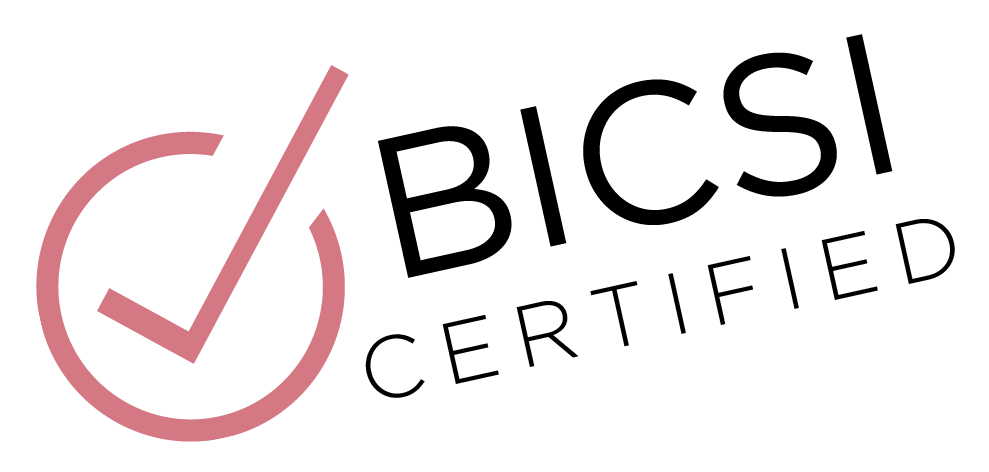Network Cabling
Our professional Structured Cabling techs have the knowledge and experience you can trust for including the proper kind of cabling that will deliver performance today and for years to come.
Benefits of Network Cabling for Business
Network cabling is an essential component of any wired system. It provides a reliable and secure connection between two or more devices, allowing them to communicate with each other without interruption.
- Eliminates the need for unreliable, wireless connections
- Transmit high-speed data without interference from outside sources
- Faster, more reliable connections

BICSI Certified Employees
Our techs have undergone training that qualifies them to build the most advanced networks. Our professional Structured Cabling techs have the knowledge and experience you can trust for including the proper kind of cabling that will deliver performance today and for years to come.

Why Choose Les Olson IT?
Network Cable Installation
VoIP Phone Installation
Wireless Access Points
Server to Endpoints
Repair and Service
Get Your Free Consultation!
Click below to schedule a free consultation. For an immediate response, you can call +1 (801) 922-5060 during business hours.

